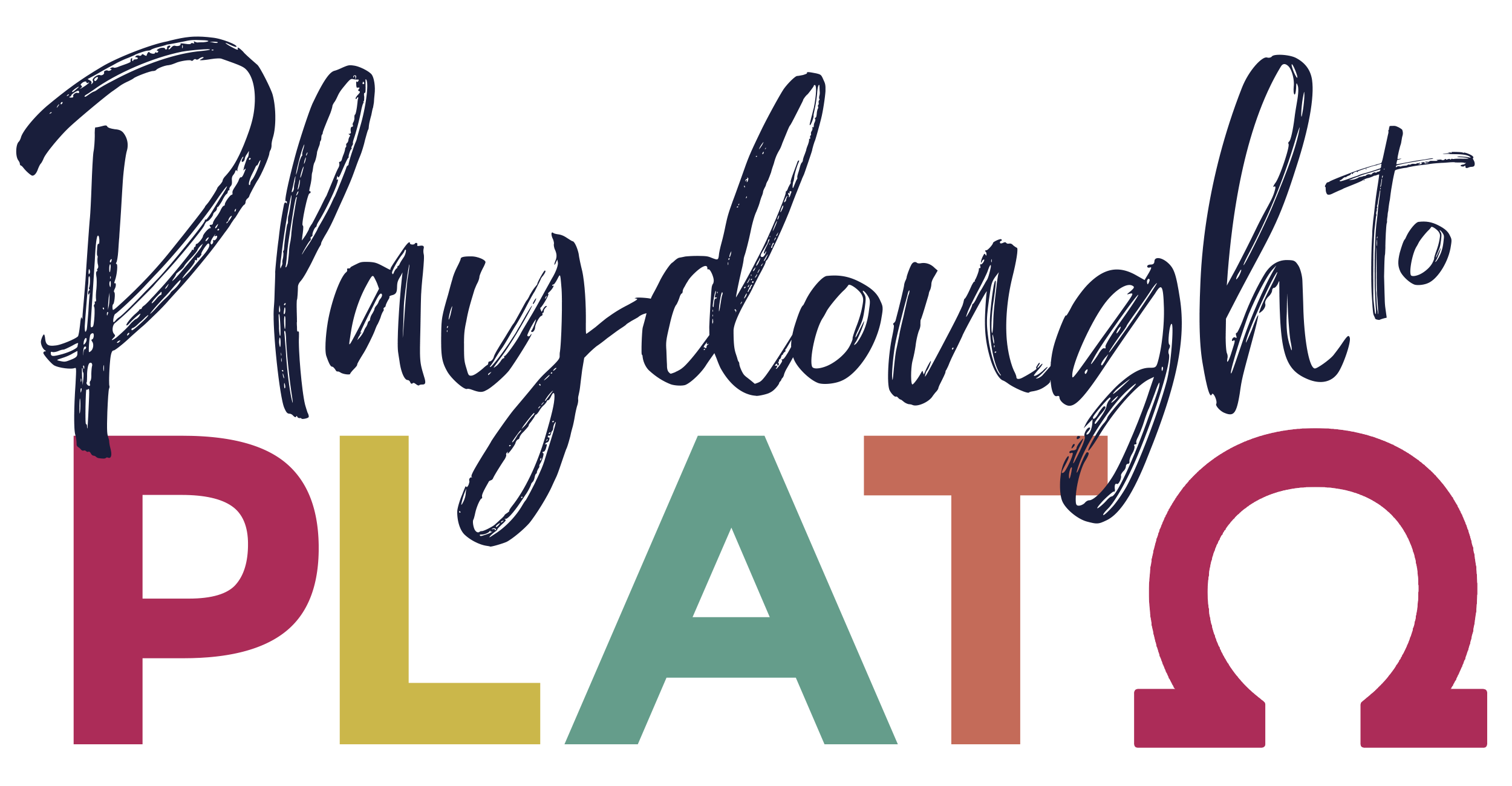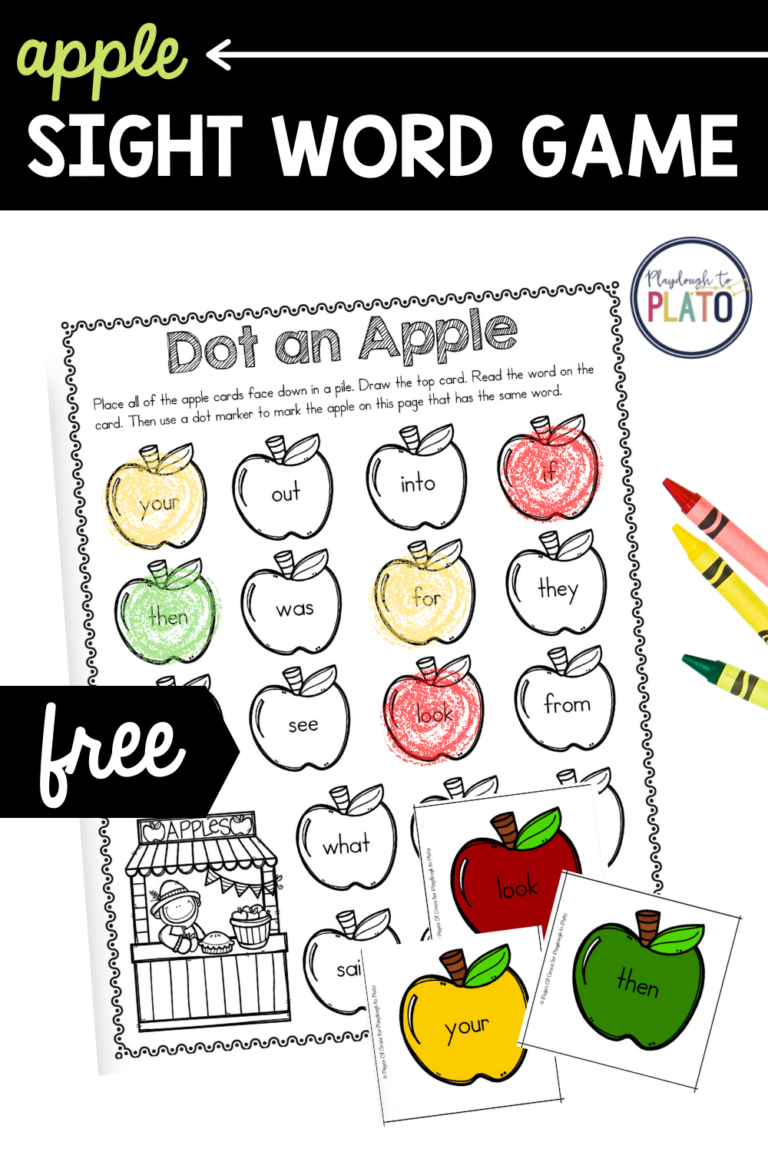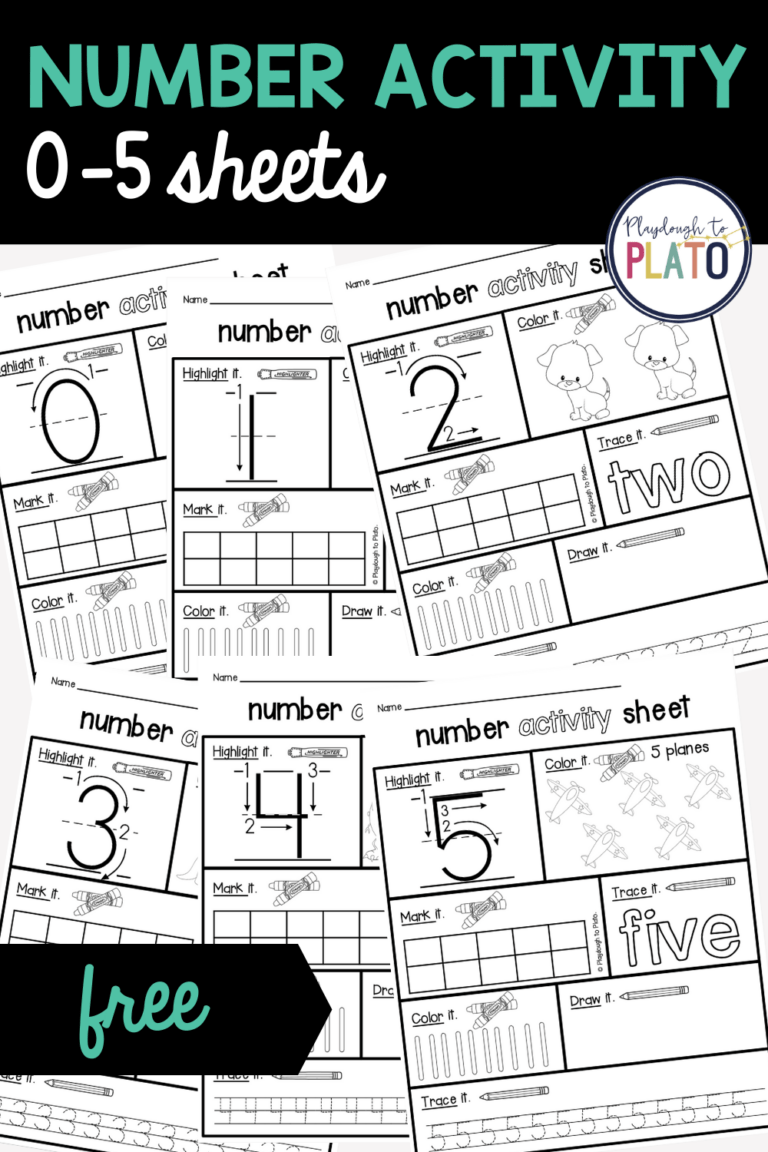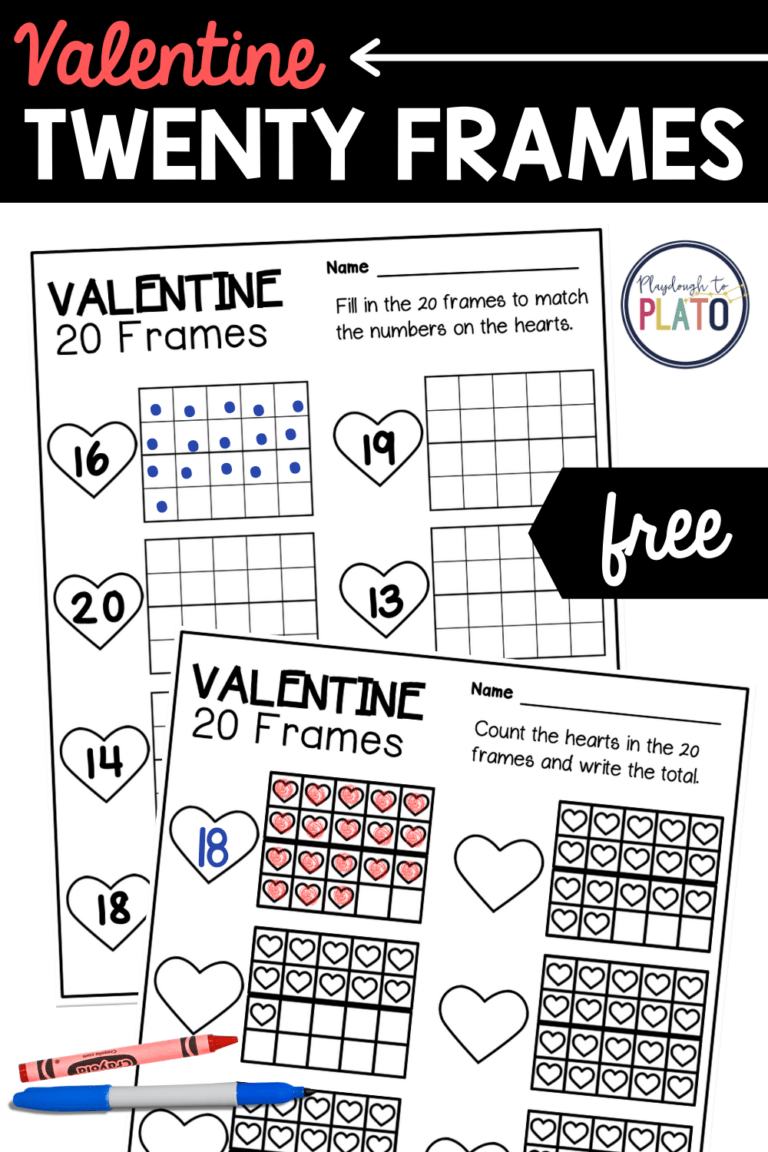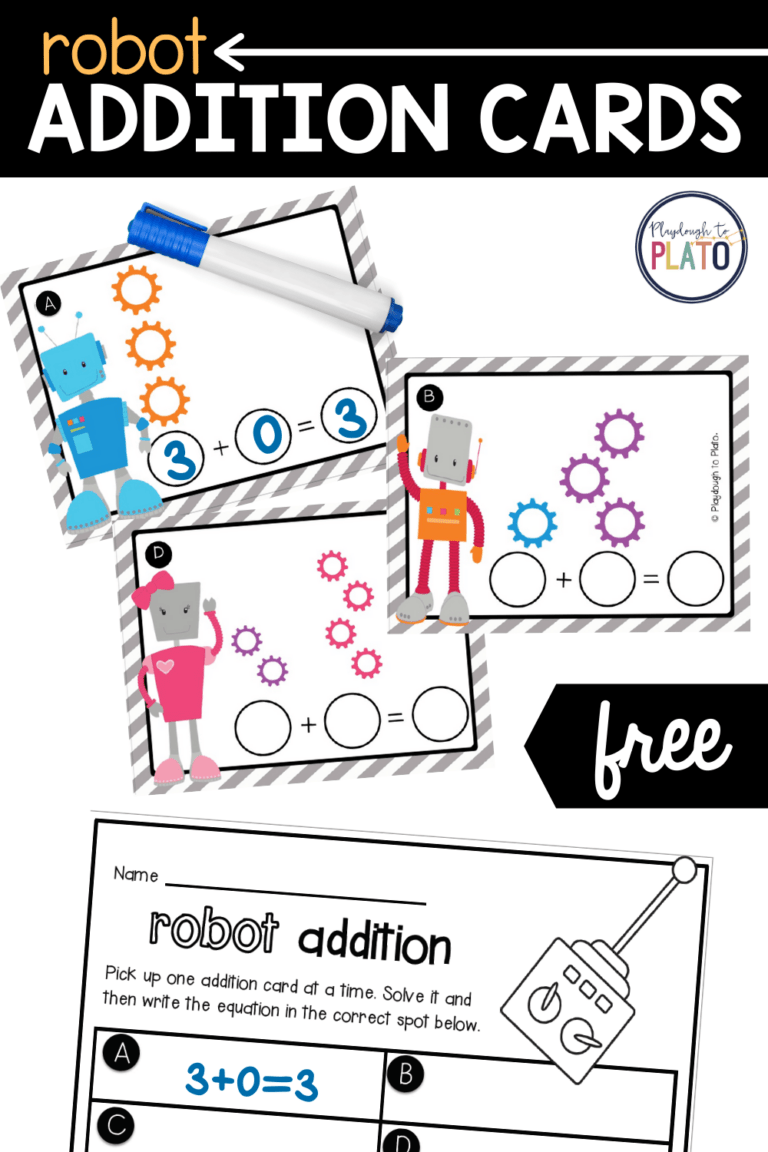Did you know that the silent E is an extremely busy letter? It has SEVEN jobs! And somehow, the silent E also finds time to make it difficult for struggling readers to learn it.
But here’s a handy way to start making things finally click for kids…
Teach students that the silent E is a sidekick. Just like any great superhero, some vowels work with a partner to make them stronger.
(In teacher lingo, we call this relationship a split digraph.)
Instead of the vowel saying its short sound, the silent E sidekick gives it enough strength to powerfully say its NAME.
CAP becomes CAPE, KIT turns into KITE, PET is PETE…

Pretty exciting, huh?
After they have plenty of practice reading long vowel CVCe words like the ones above, you can show students how much more powerful silent E can be by explaining all 7 of its jobs:
- Just like we talked about a moment ago, the silent E makes the vowel before it say its name. (cane & kite)
- The E also makes C say its soft sound /s/ and G say its soft sound /j/. (fence & age)
- The E prevents a word from ending with V which is a big English language no-no. (give & have)
- The E is often added to prevent a word from ending with S. (house & moose)
- Since every syllable in English MUST have a vowel, E is added when a syllable has just an L. (turtle & puddle)
- An E is added to TH to make it a voiced sound. (bathe & clothe)
- And an E can also be used to help distinguish between similar words (bye vs. by)
Once students know these rules, it becomes *so much* easier for them to read and spell because they finally understand how all of the letters are working together.
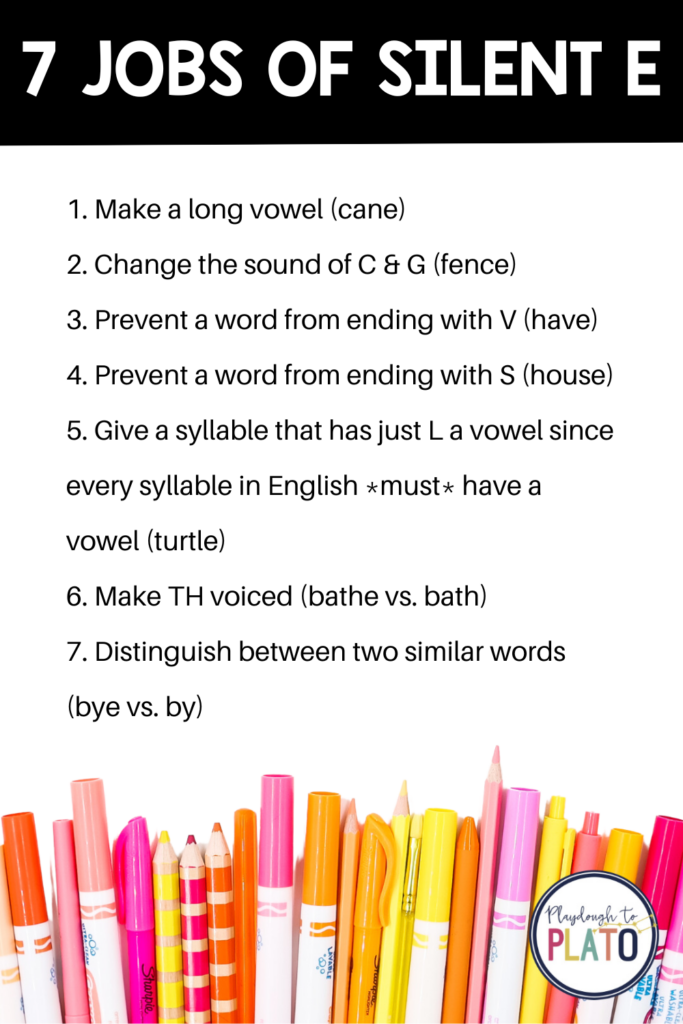
And THAT means they can finally focus on the fun stuff: falling in love with reading!
Grab The Science of Reading in Action Book
This is just the tip of the iceberg to helping students learn to read. Get all of my favorite brain-friendly strategies and teaching tricks inside my book, The Science of Reading in Action, right here.



